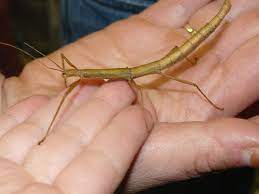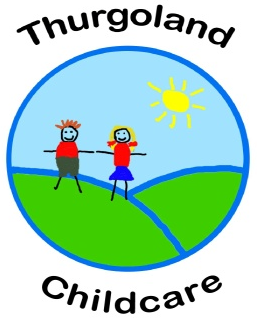The Early Years is a great opportunity to introduce pets into a child’s life. Children often have a natural empathy towards animals and are keen to learn about their needs, how to look after them and play with them.
The role of animals, especially pets, has recently been the focus of developmental research; theories and models of child development concentrate on different aspects of development in the light of relationships with animals. As a setting, we have done a lot of in depth reading before introducing animal experiences to the nursery. We have recently acquired 4 Indian Stick Insects which the children help care for and have visits from Ronnie, Lydia’s dog.
Benefits of children spending time with animals:
- Learning to care for others/responsibility
- Empathy and understanding of other’s needs
- Improved immunity
- Increased attendance in Education
- Boost to self-confidence and self-esteem
- Increased Autonomy which can aid routine based tasks
- Better social integration, networks
- Impact on improved mental health
A good relationship with a pet can also nurture non-verbal communication, compassion and empathy. Pets can serve different purposes for children: they can be safe keepers of secrets and private thoughts; they provide lessons about life (reproduction, birth, illnesses, accidents, death, and bereavement); they provide a connection to nature; and they can teach respect for all living things. They make loyal, lovable friends and owning them fulfils basic physical and emotional needs – from physical activity, comfort, contact and affection to experience with loss. Positive relationships with pets can aid in the development of trusting relationships with others.
Considerations:
 Although we do have visits from Ronnie in nursery, we recognise that adult involvement, open discussions and careful planning are necessary to help make pet ownership/encounters a positive experience for everyone: as such, we have a comprehensive risk assessment in place for Ronnie’s visits to nursery. This covers everything from meeting the children to his health with the vets.
Although we do have visits from Ronnie in nursery, we recognise that adult involvement, open discussions and careful planning are necessary to help make pet ownership/encounters a positive experience for everyone: as such, we have a comprehensive risk assessment in place for Ronnie’s visits to nursery. This covers everything from meeting the children to his health with the vets.
We also conduct similar assessments of any other animals who may visit the setting.
Further reading/research
Bryant, B. K. The richness of the child pet relationship: A consideration of both benefits and costs of pets to children. Anthrozoos, 3(4) (1990)
Covert, A. M., Whiren, A. P., Keith, J. and Nelson, C. Pets, early adolescents and families. Marriage and Family Review 8 (1985)
Davis, J. H. and Juhasz, A. M. The preadolescent pet bond and psychological development. Marriage and Family Review 8 (1985)
Endenburg N. and Baarda B. The role of pets in enhancing human well-being: Effects on child development. In The Waltham Book of Human-Animal Interaction: Benefits and Responsibilities of Pet Ownership, ed. I. H. Robinson (1995)
Melson, G. F. The role of pets in the development of children’s nurturance. Paper presented to the annual meeting of the Delta Society (1987)
Poresky, R. H. and Hendrix, C. Developmental benefits of pets for young children. Paper presented at the Delta Society 7th Annual Conference (1990)
Van Houtte, B. and Jarvis, P. A. The role of pets in pre-adolescent psychosocial development. Journal of Applied Developmental Psychology 16 (1995)
